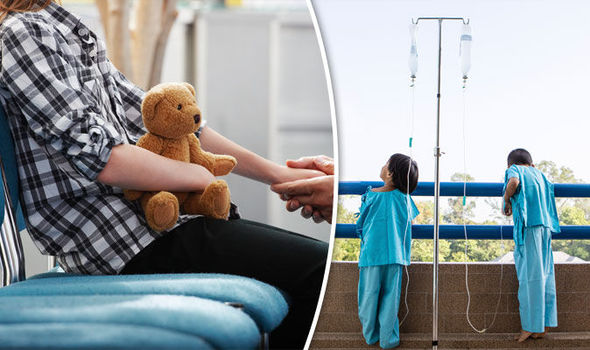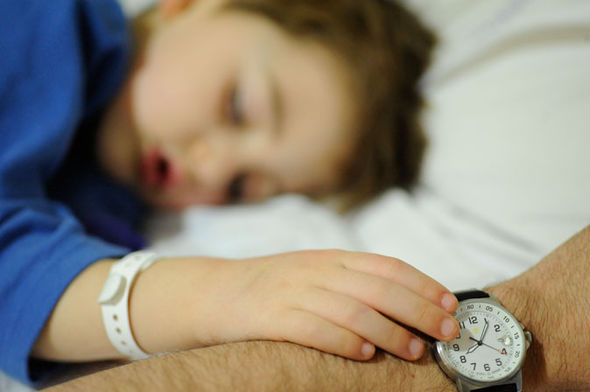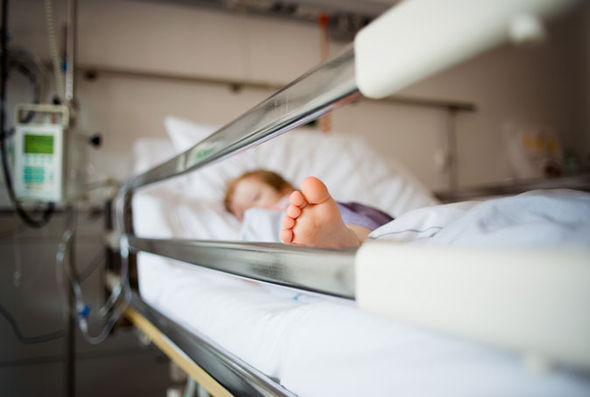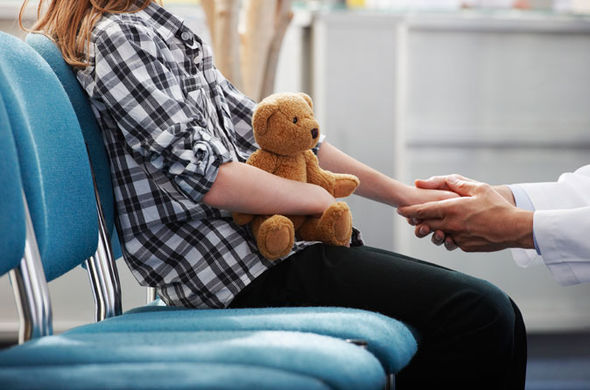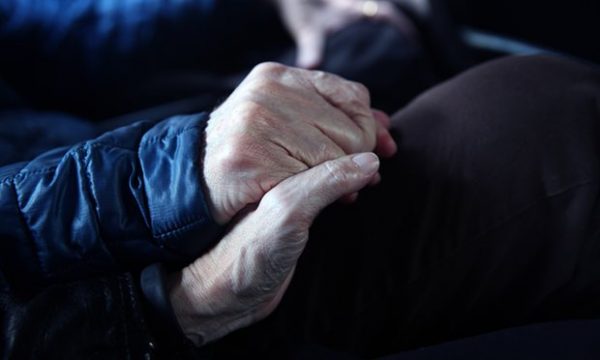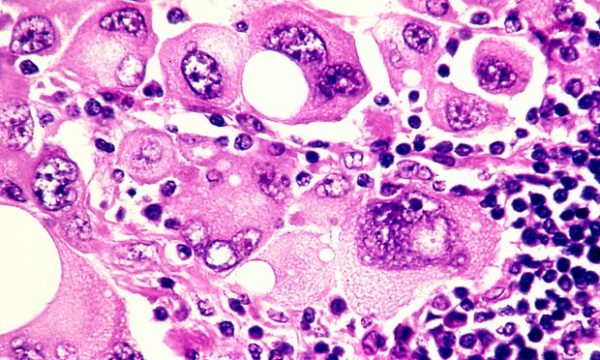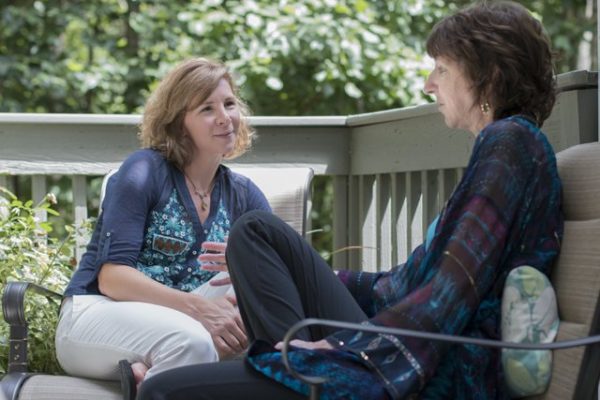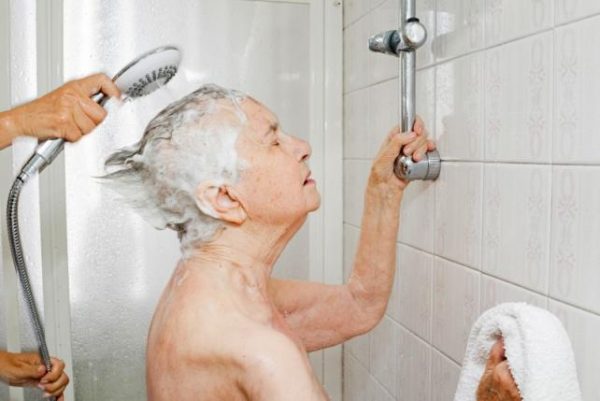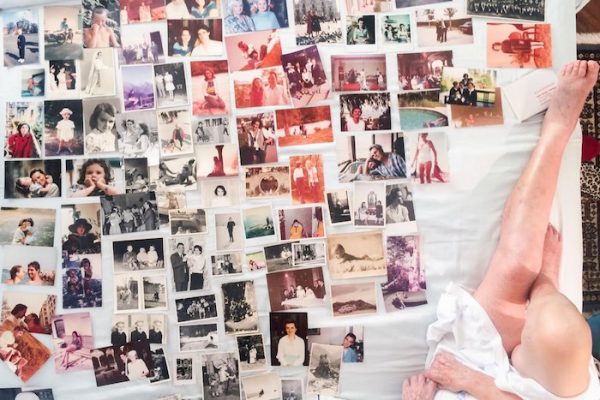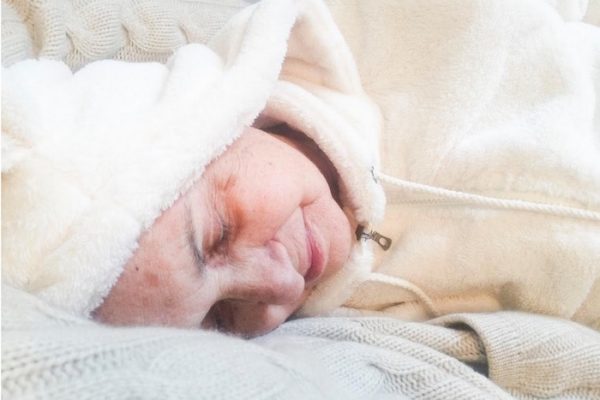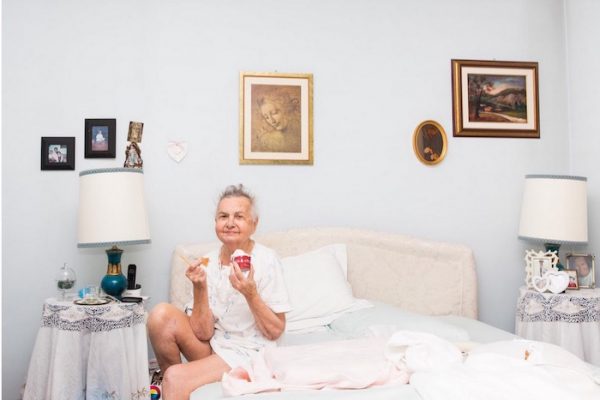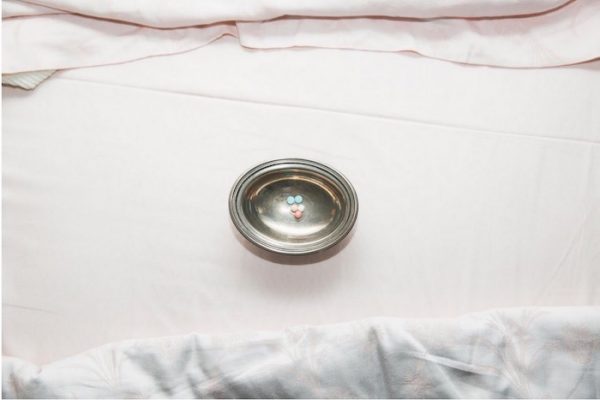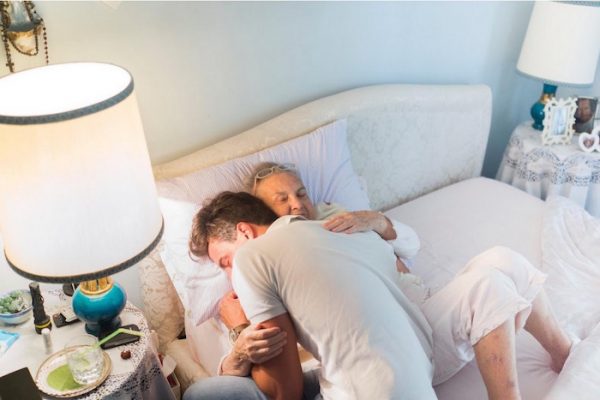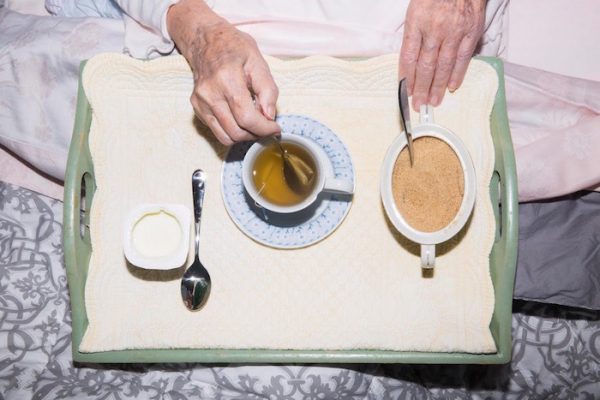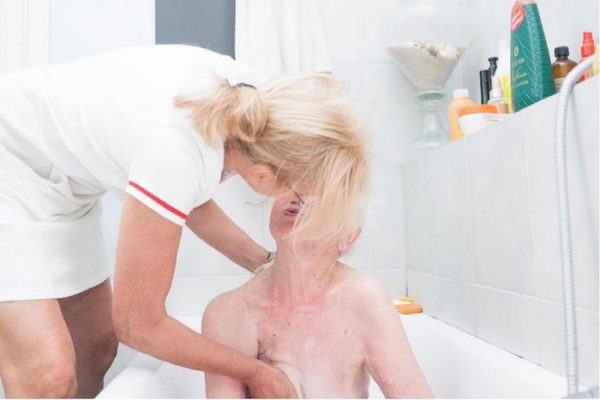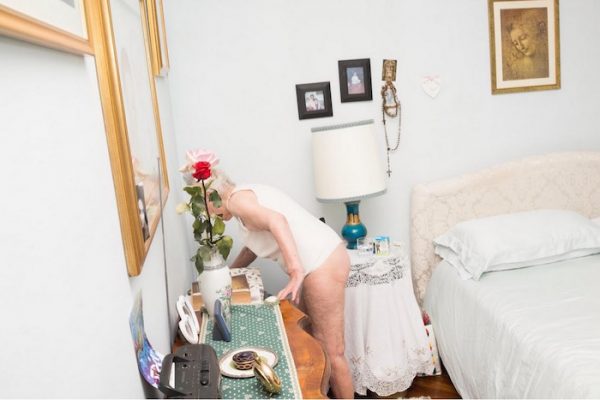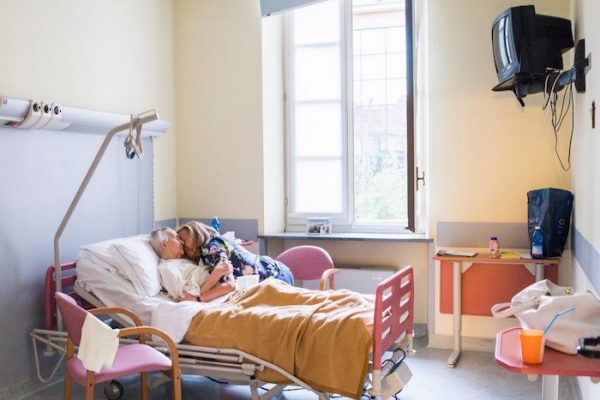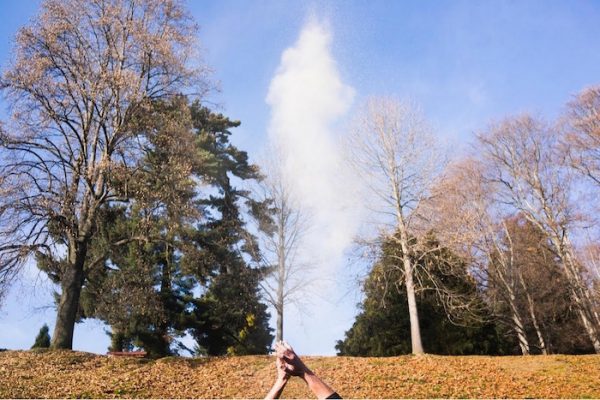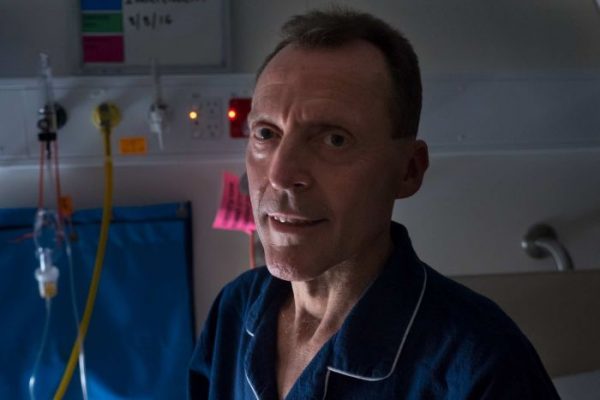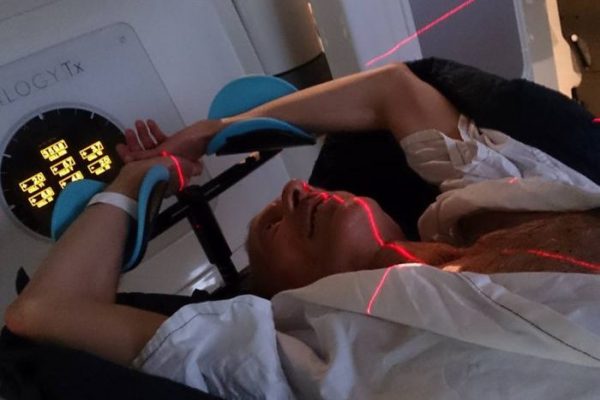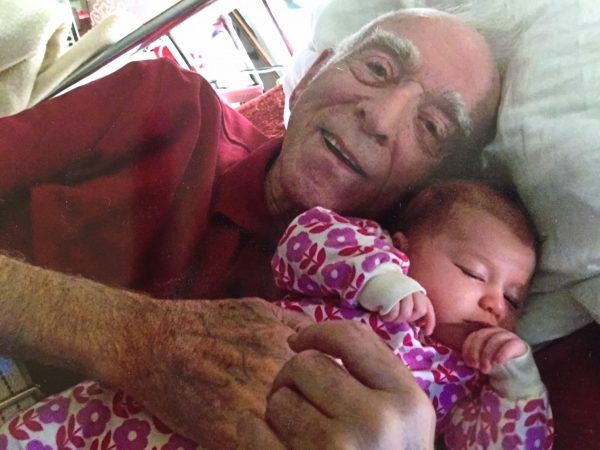
By Samuel Harrington
When my father was 88 and the picture of health for his age, he taught me, an experienced physician, an unexpected lesson.
We were discussing treatment options promoted by his primary-care physician and other doctors for an aortic aneurysm — a ballooned segment of blood vessel at risk for dangerous rupture in his abdomen. He turned to me and asked, “Why would I want to fix something that is going to carry me away the way I want to go?”
My father had the generally accurate impression that if his aneurysm ruptured, he could demand pain medicine, decline emergency surgery and be dead from internal bleeding within a few hours or, at most, a day or two.
With his unexpected question, he directly challenged the assumption that a doctor’s advice is always in a patient’s best interest, particularly regarding a medical problem late in life. This proposition had been my general belief, but after more than two decades as an internist and gastroenterologist, he had prompted me to reconsider it.
Furthermore, Dad was making an important distinction, between care at the end of life (in this case, palliative care for pain) and treatment (aneurysm repair). He was also suggesting a natural exit strategy. Not suicide, to which he had a moral objection, and not physician-assisted suicide, which was not a legal option in his home state of Wisconsin.
Despite his generally decent health, we both thought that he was too old for a major surgical repair, so I suggested he undergo an outpatient procedure to insert a stent to prevent the ballooning artery from worsening — that would at least postpone the threat of rupture. My reasoning was that with the stent, he was likely to enjoy the birth of his first great-grandchild and that without it, he would probably never know her.
My father lived five more years and met 12 great-grandchildren. Three of those years were good ones, but two of them were not.
I have asked myself, “Was it worth it?” I know that he asked himself that, too. His mantra for the last two years of his life was “I have lived too long.”
The 2003 book “Tyranny of Treatment” documented the terrible medical procedures used in 18th-century England: draining blood from swollen legs and testicles, radical mastectomy without anesthesia; bleeding arms to “cure” eye problems.
Painful, futile treatment continues to this day, particularly with elderly patients who often are not informed of the difference between palliative care, designed to minimize pain while trying to preserve quality of life at the end, and aggressive treatment more designed to prolong life at any cost, using such methods as surgery or chemotherapy. Often they are not informed about the benefits of letting some conditions run their course.
Here in America, there is a deeply held belief that advances in medicine will eventually conquer or cure the chronic scourges of cancer, dementia, heart disease, lung disease and diabetes. This notion leads many elderly patients to seek aggressive treatment not only to spare their loved ones grief but because they hope (and expect) to be cured, if only they hold on just a little longer.
This is one reason that every year more than 75,000 people older than 85 die in intensive care units seeking care that proves to be futile, according to a 2004 study, and why more than 65 percent of our senior citizens die in institutions when a significant majority say they would prefer to die at home, according to a 2014 report by the Institute of Medicine.
The impulse to treat often prompts us to forget that many elderly patients have multiple medical problems brought on by chronic organ system weaknesses. Focusing aggressive therapy on one serious diagnosis can complicate another to the point of death, disability or prolonged hospitalization. Beyond that, too many doctors succumb to research from drug and device makers that show incrementally positive results for therapies that mean little to someone at the end of a long life.
As an example, a friend recently told me about her 89-year-old mother’s consultation with an oncologist for a Stage 4 cancer of the pancreas. The doctor launched into a description of some new treatment options.
After listening carefully to what the doctor offered, the patient posed the question, “How long can I expect to live if I decline chemotherapy, and how much longer can I expect to live if I undertake therapy?” When the doctor responded that the answer to both questions was three to six months, she cut short the consultation.
According to the science behind the studies, three months of added life expectancy is considered a statistically significant improvement. But for many people at an advanced age, three months of added “life” in hospitals or nursing homes, possibly suffering side effects, may not be an appealing prospect. My friend’s mother looked at the statistics and saw no practical benefit.
Facing the tyranny of treatment is not usually so dramatic. Not every patient has the option to decline surgery for a threatening aneurysm or chemotherapy for late-stage cancer. Most patients have multiple smaller decisions to make in the mission creep of treatment vs. care. These patients and their families need help thinking about the natural progression of aging and visualizing what they want at the end. Then, if they decline treatment and choose palliative care, they can consider an exit strategy.
One patient I spoke with was living a bed-to-chair existence and suffering urinary incontinence from multiple mini-strokes. She resisted the initial insertion of a bladder catheter as one indignity too far. The thought of an invasion of body, followed by regular catheter exchanges, brought a ripple of sadness to her eyes.
She brightened, however, when I explained that refusing to exchange the catheter would ultimately create a painless urinary-tract infection. If she chose, she could then decline antibiotics, and with the help of palliative medications would be able to die comparatively comfortably of a progressive systemic infection. She now had an exit strategy.
If asked by patients, most doctors are willing to discuss quality of life at the expense of quantity of life. In elder care, that conversation should include a discussion about futile treatments vs. making sure the last days on earth are comfortable. As Sherwin Nuland wrote in “How We Die,” “The real event taking place at the end of our life is our death, not the attempts to prevent it.”
Therefore, discussions with our trusted physicians should evolve from how to die later to how to die better, including with an exit strategy.
In my father’s case, he was clear at the end that he wanted to avoid further interventions designed to prolong life. At age 93, after six months in hospice, medicated for comfort, he died quietly at home.
Complete Article HERE!

